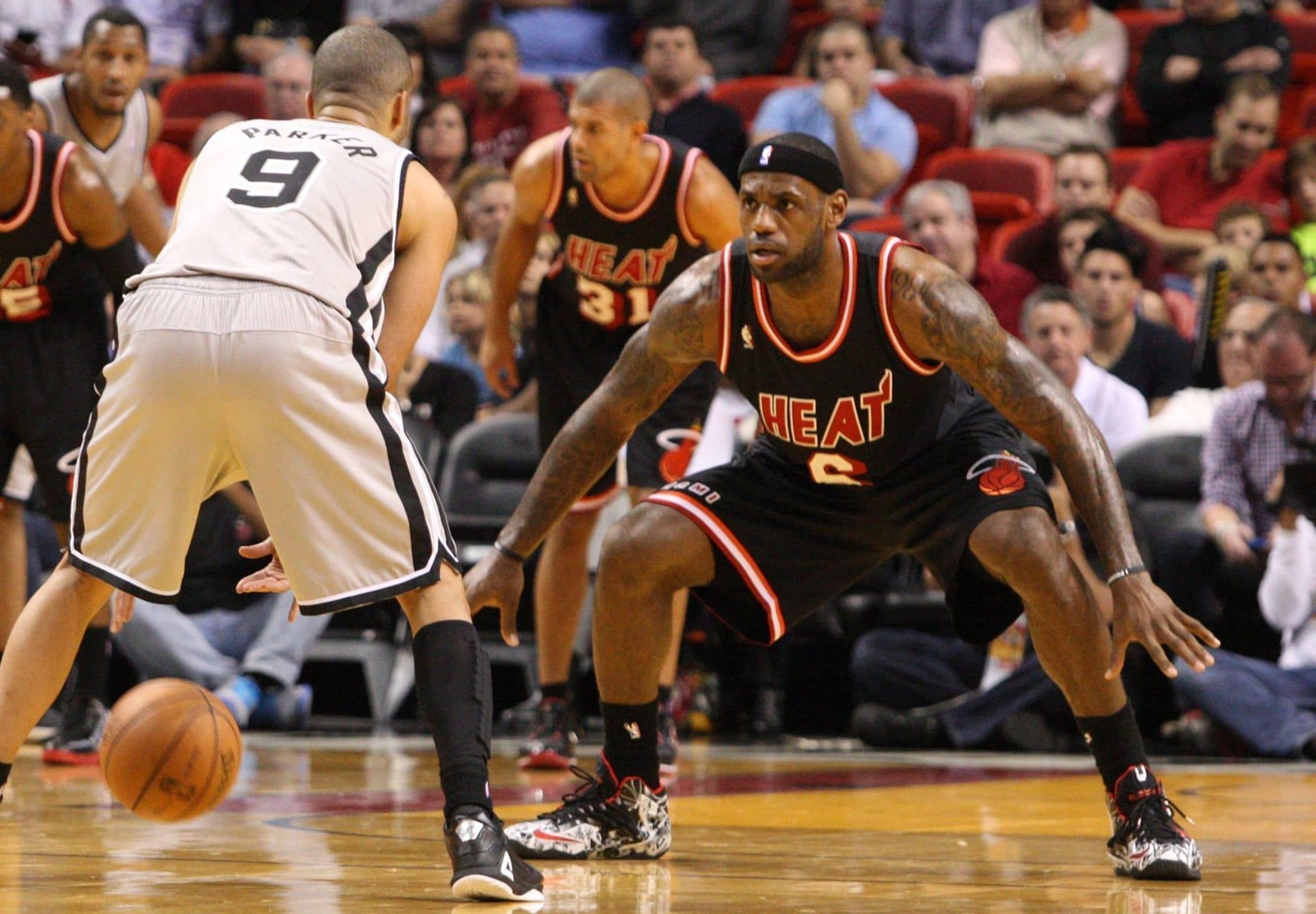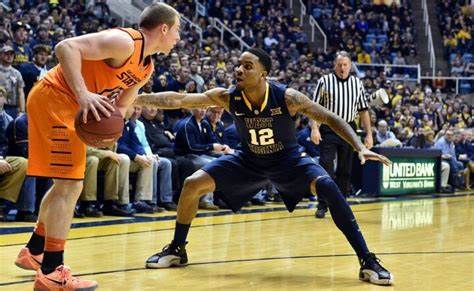Mastering Basketball Defense: Weight Distribution, Defensive Slides, and Guarding Opponents
Introduction
Defense is the foundation of any successful basketball team. While offensive skills may grab the spotlight, the ability to stay in front of an opponent, cut off driving lanes, and contest shots is what separates great players from average ones.
One of the biggest mistakes young players make is improper weight distribution, which affects balance and reaction time. Combining correct weight placement with effective defensive slide techniques can elevate your ability to guard even the quickest opponents.
Before we dive into these key techniques, check out these 20 defensive drills to build a strong foundation.
The Importance of Weight Distribution in Defense
Weight distribution is a crucial factor in defensive success. If your weight is improperly placed, you’ll struggle to react quickly and maintain balance. Here are key principles for optimal weight distribution:
- Stay Low: Keep your knees bent and your hips slightly dropped to maintain a balanced, athletic stance.
- Weight on the Balls of Your Feet: Avoid leaning too far forward or back—keeping your weight on the balls of your feet ensures quick reactions.
- Even Weight Distribution: Don’t favor one foot too much, or you’ll be vulnerable to crossovers and quick changes in direction.
- Core Engagement: A strong core helps maintain balance and prevents excessive leaning.
Improper weight distribution often leads to poor defensive positioning. If you want to improve your overall court awareness, check out how to improve your basketball IQ.

Mastering Defensive Slide Techniques
Defensive slides are the primary movement used when guarding a ball handler. Mastering this technique will help you stay in front of your opponent without fouling.
Key Defensive Slide Mechanics
- Stay Low: Keep a wide base, knees bent, and back straight.
- Push, Don’t Cross: Use a pushing motion with your back foot rather than crossing your feet.
- Hands Active: Keep your hands up to contest passes and shots.
- Short, Quick Steps: Avoid taking large steps that throw off your balance.
For additional defensive strategies, read how to play defense effectively.
Guarding an Opponent with the Ball
Once you’ve mastered weight distribution and defensive slides, the next step is knowing how to guard a ball handler effectively. Here are essential strategies:
- Maintain Arm’s Length Distance: Stay close enough to contest shots but far enough to avoid getting blown by.
- Watch the Hips: The offensive player’s hips indicate where they’re going, unlike head fakes or jab steps.
- Stay on the Balls of Your Feet: This allows you to react quickly to dribble moves.
- Use Your Hands Strategically: Keep one hand low to contest dribbles and one hand up to disrupt passing lanes.
To develop better on-ball defense, try incorporating drills from this guide.
Drills to Enhance Defensive Skills
1. Lane Slide Drill
Start on one side of the free-throw lane and slide to the other side. Focus on short, controlled movements.
2. Mirror Drill
Pair up with a teammate and have them move randomly while you mirror their movements.
3. Closeout Drill
Start near the basket, sprint toward a shooter, and stop under control to contest a shot.
For a complete defensive training routine, check out how to beat a zone defense.
Conclusion
Great defenders master weight distribution, defensive slides, and on-ball guarding techniques. By implementing these fundamentals into your game, you can become a lockdown defender.
For more basketball tips, visit BasketballFundamentals.com.
